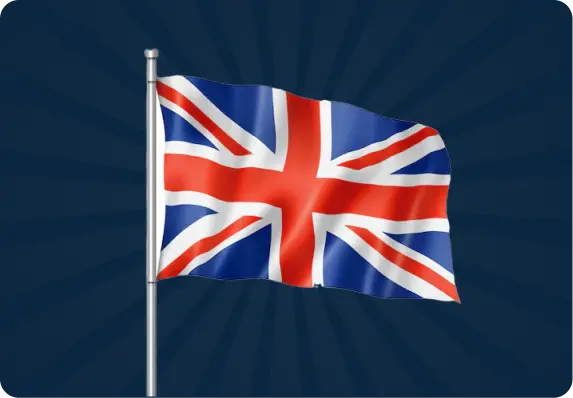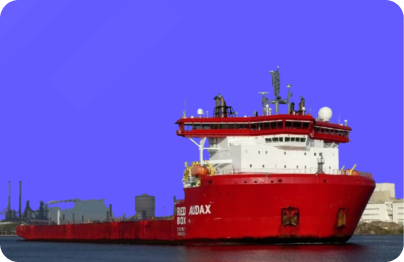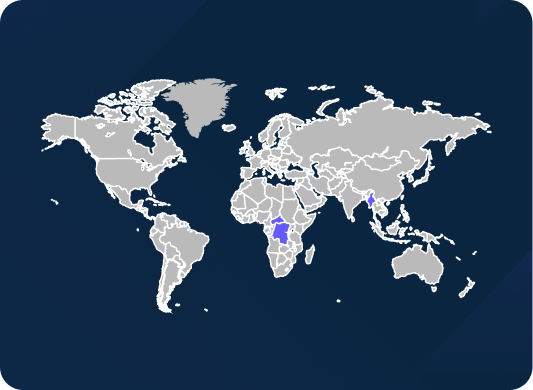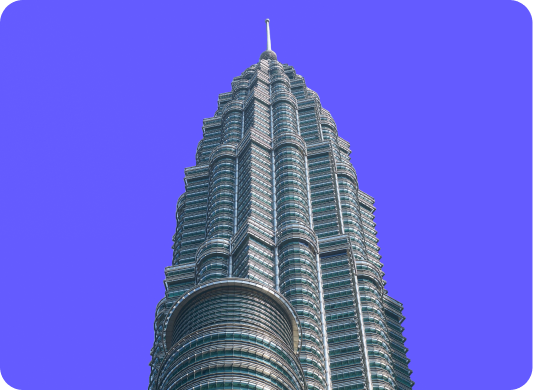AML Compliance Guidelines: Iran
Simplifying the complexities of AML/CFT compliance
Regulatory Body In Iran
Anti-Money Laundering High Council:
Iran initiated AML reforms in 2008. The first pillars of the framework were established by the adoption of the AML law (2008) and its by-law (from 2010) that criminalized ML, set-up the AML coordination body – the AML High Council composed of several ministries and the Financial Intelligence Unit (FIU), and put in place preventive measures for financial institutions and certain non-financial businesses and professions. In 2010, the FIU was operationalized, and the Central Bank of Iran (CBI) initiated its AML supervision of financial institutions.
The Financial Intelligence Unit of Iran (FIU):
The Financial Intelligence Unit of Iran (FIU) is responsible for overseeing and enforcing AML and counter-terrorism financing (CTF) regulations in the country.
Anti-Money Laundering Act of 2008 (AMLA 2008)
Definition of Money Laundering:
The law provides a definition of money laundering and stipulates that individuals or entities engaging in money laundering activities can be subject to criminal penalties.
Reporting Obligations:
The law requires financial institutions, as well as certain non-financial institutions, to report any suspicious transactions or activities to the Financial Intelligence Unit (FIU) of Iran. This includes transactions that exceed specified thresholds.
Customer Due Diligence (CDD):
Financial institutions are mandated to perform Customer Due Diligence (CDD) procedures, which involve verifying the identity of customers and understanding the nature and purpose of their transactions. Enhanced due diligence is required for higher-risk customers.
Record Keeping:
Entities subject to the AML Law are required to maintain records of customer transactions and relevant information for a specified period.
Sanctions Compliance:
Financial institutions must ensure compliance with international sanctions, particularly those imposed by the United Nations and other organizations. They are required to screen customers against sanctions lists.
Politically Exposed Persons (PEPs):
Special attention should be given to transactions involving politically exposed persons (PEPs). Enhanced due diligence is necessary for such cases.
Penalties and Enforcement:
The law sets out penalties for non-compliance, including fines and imprisonment for individuals and entities involved in money laundering or terrorist financing.
Confiscation and Seizure:
The AML Law provides for the confiscation and seizure of assets or funds related to money laundering activities.
International Cooperation:
Iran may cooperate with foreign jurisdictions and international organizations in matters related to AML and the exchange of information.
Anti-Corruption Reforms in Iran
Iran ratified the UNCAC in April 2009:
The UN assessed Iran’s compliance with certain aspects of the UNCAC8 and its report was published in June 2014. The report focused on legislative review and did not evaluate effective implementation.
Iran has made some progress in aligning its legal and institutional framework to the UNCAC:
Many corruption offences have been criminalized (e.g., bribery, embezzlement, and trading in influence). Legal liability of legal persons has been introduced. Provisions for the seizing and confiscation of proceeds of crime (including non-conviction based confiscation) have also been introduced. Furthermore, several institutions have been authorized to prevent and combat corruption, notably the General Headquarters for Combating Economic Corruption, the Ministry of Intelligence, the Supreme Audit Court, the Secretariat of the General Headquarters for Promoting Integrity in the Administrative System and Combating Corruption, the Judiciary, including the General Inspection Organization (GIO), the General and Revolutionary Prosecutor’s Office, the Judicial Complex for Economic Affairs.
Efforts now need to address remaining gaps and make the framework operational and effective:
The definitions of bribery, trading in influence, abuse of functions, illicit enrichment, and obstruction of justice offenses should be brought fully in-line with the UNCAC. The by-laws to ensure protection of witnesses, experts and victims of corruption should be put in place. Furthermore, the system of declaration of assets of senior public officials has to be brought into line with international best practices. An independent anti-corruption agency could support the design and implementation of an anti-corruption strategy.

 Compliance Guidelines: United Arab Emirates
Compliance Guidelines: United Arab Emirates
 Compliance Guidelines: Germany
Compliance Guidelines: Germany
 UK to Launch World’s First Sanctions Regime to Target Upstream People Smuggling
UK to Launch World’s First Sanctions Regime to Target Upstream People Smuggling
 Utah Lawsuit Alleges TikTok Livestreams Facilitated Money Laundering Activities
Utah Lawsuit Alleges TikTok Livestreams Facilitated Money Laundering Activities


 Why Should states conduct AML Due Diligence for CBI/RBI Investment Schemes?
Why Should states conduct AML Due Diligence for CBI/RBI Investment Schemes?
 How can businesses comply with US sanctions on vessels?
How can businesses comply with US sanctions on vessels?
 Difference In AML: DNFBPs Vs Financial Sector
Difference In AML: DNFBPs Vs Financial Sector
 Difference in EU and US Sanctions Programs - How It Impacts Compliance?
Difference in EU and US Sanctions Programs - How It Impacts Compliance?
 How Regulatory Gaps Fueling Money Laundering in High Risk Jurisdictions?
How Regulatory Gaps Fueling Money Laundering in High Risk Jurisdictions?
 Mapping Anti-Money Laundering Regulations in Malaysia
Mapping Anti-Money Laundering Regulations in Malaysia
